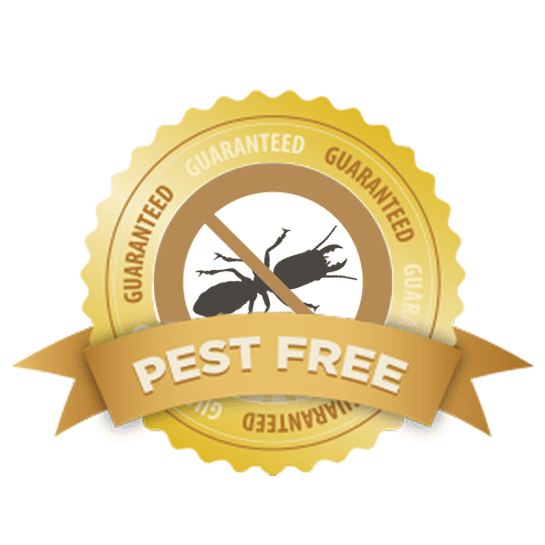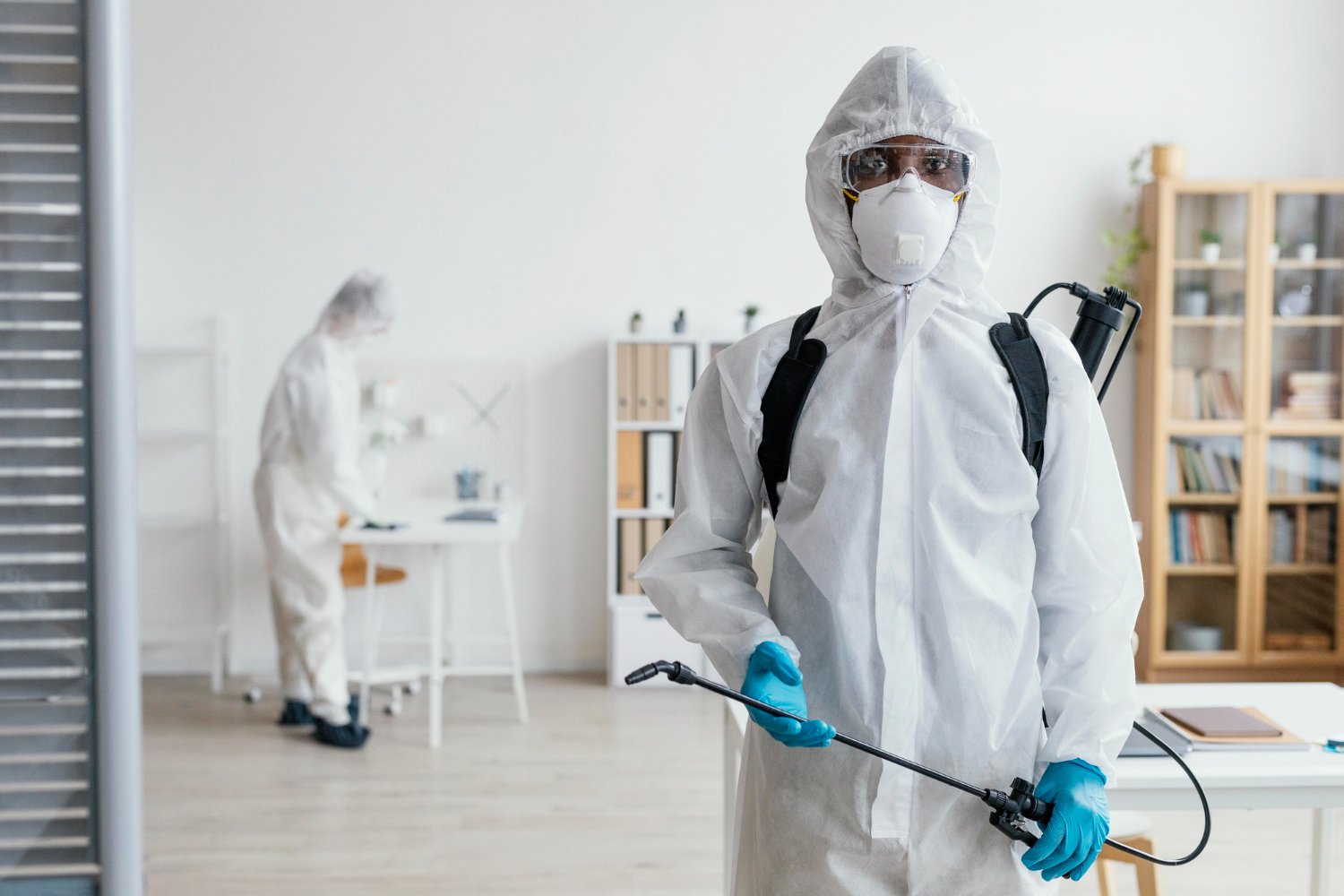Trusted A1 Exterminator Charlotte NC - Comprehensive Pest Solutions
Trusted A1 Exterminator Charlotte NC - Comprehensive Pest Solutions
Blog Article
Bed Insect Treatment Break Down: Contrasting Chemical Vs. Non-Chemical Solutions
In the realm of bug control, specifically when managing the relentless concern of bed pests, the choice between chemical and non-chemical therapy services can be an essential one. Both methods provide distinctive benefits and downsides, affecting variables such as efficiency, safety and security factors to consider, and general price. By examining the nuanced information of each technique, a clearer understanding of which path to seek in addressing a bed pest invasion can be achieved.
Performance of Chemical Treatments
Chemical therapies for bed bug infestations have been widely recognized for their rapid and powerful efficiency in removing these bugs. When considering the effectiveness of chemical treatments, it is crucial to comprehend that they can provide a complete and quick solution to a bed insect trouble. Professional pest control operators typically count on pesticides to target bed insects at various phases of their life cycle, including eggs, fairies, and grownups. These chemicals commonly work by interfering with the bed insects' nerve system, bring about paralysis and eventual death.
In addition, chemical therapies have the advantage of supplying recurring results, meaning that they can proceed to eliminate bed pests also after the initial application. This residual action is particularly advantageous in combating any type of potential re-infestations. In addition, the rapid activity of chemical treatments can bring relief to people encountering extreme bed bug problems, permitting them to regain control of their living rooms quickly.
Safety And Security Interest In Chemical Solutions
One important element that requires mindful factor to consider when using chemical services for bed insect treatment is ensuring the security of residents and the environment. Direct exposure to specific chemicals utilized in bed bug therapies can lead to respiratory system problems, skin irritability, or other negative reactions, particularly in people with pre-existing problems or level of sensitivities.
Additionally, the ecological influence of chemical options is another substantial consideration. Some pesticides used in bed pest therapies might be hazardous to beneficial insects, wild animals, and ecosystems if they seep into the dirt or water systems. It is vital to make use of chemical therapies sensibly, adhering to safety guidelines, and taking into consideration much less hazardous alternatives to mitigate these risks and make certain the reliable and risk-free management of bed bug infestations.
Advantages of Non-Chemical Approaches
Taking into consideration the prospective safety and security worries and ecological effect associated with chemical solutions for bed insect treatment, discovering non-chemical techniques offers an encouraging option with numerous distinctive advantages. Non-chemical therapies are ecologically pleasant, as they do not contribute to air or water pollution, making them a lasting option for insect control.
Furthermore, non-chemical options can be reliable in targeting bed insects, including hard-to-reach areas where chemical therapies may not pass through - A1 bed bug treatment in charlotte. Approaches such as warm therapy, vacuuming, heavy steam cleansing, and bed mattress coverings provide complete elimination without the usage of damaging chemicals.
Limitations of Non-Chemical Treatments

Furthermore, non-chemical therapies frequently require multiple applications to achieve successful obliteration. This can be taxing and may not constantly ensure full removal of all bed insects and their see eggs, specifically in hard-to-reach or concealed locations.
Additionally, the success of non-chemical treatments greatly relies upon proper implementation and thoroughness, which can be challenging for people without professional competence. Poor application of non-chemical techniques may lead to incomplete elimination, leading to consistent invasions and the need for added therapies.
Consequently, while non-chemical treatments have their advantages, it is vital to acknowledge these constraints and consider them when figuring out one of the most reliable technique for taking care of bed pest infestations.
Cost Comparison: Chemical Vs. Non-Chemical Options
Offered the restrictions related to non-chemical therapies, a vital aspect to assess in the context of bed insect administration is the cost contrast between chemical and non-chemical alternatives. Chemical therapies typically involve the application of pesticides by experts, which can vary from $250 to $900 per space, depending upon the intensity of the invasion and the dimension of the area to be treated. In contrast, non-chemical treatments like warmth therapy or vapor can be much more expensive, with expenses ranging from $1,000 to $6,000 for an entire home. While the initial price of chemical treatments may appear lower, numerous therapies might be required to fully remove the invasion, potentially raising the total cost. On the various other hand, non-chemical options might supply a much more sustainable and environment-friendly remedy, although they can be cost-prohibitive for some individuals. Ultimately, when thinking about the cost of bed pest therapy choices, it is essential to consider the in advance expenses versus the efficiency and long-term sustainability of the chosen method.
Final Thought

Thinking about the prospective safety worries and environmental influence associated with chemical remedies for bed bug treatment, discovering non-chemical approaches presents an appealing option with numerous unique benefits.Offered the limitations linked with non-chemical treatments, a crucial element to review in the you can try these out context of bed bug management is the expense comparison between chemical and non-chemical options. In contrast, non-chemical treatments like warm therapy or steam can be extra costly, with costs varying from $1,000 to $6,000 for an entire home. While the first cost of chemical treatments might appear lower, numerous therapies may be required to totally get rid of the infestation, possibly raising the overall cost.In conclusion, when comparing chemical and non-chemical bed bug therapy options, it is essential to think about efficiency, security, benefits, constraints, and price.
Report this page